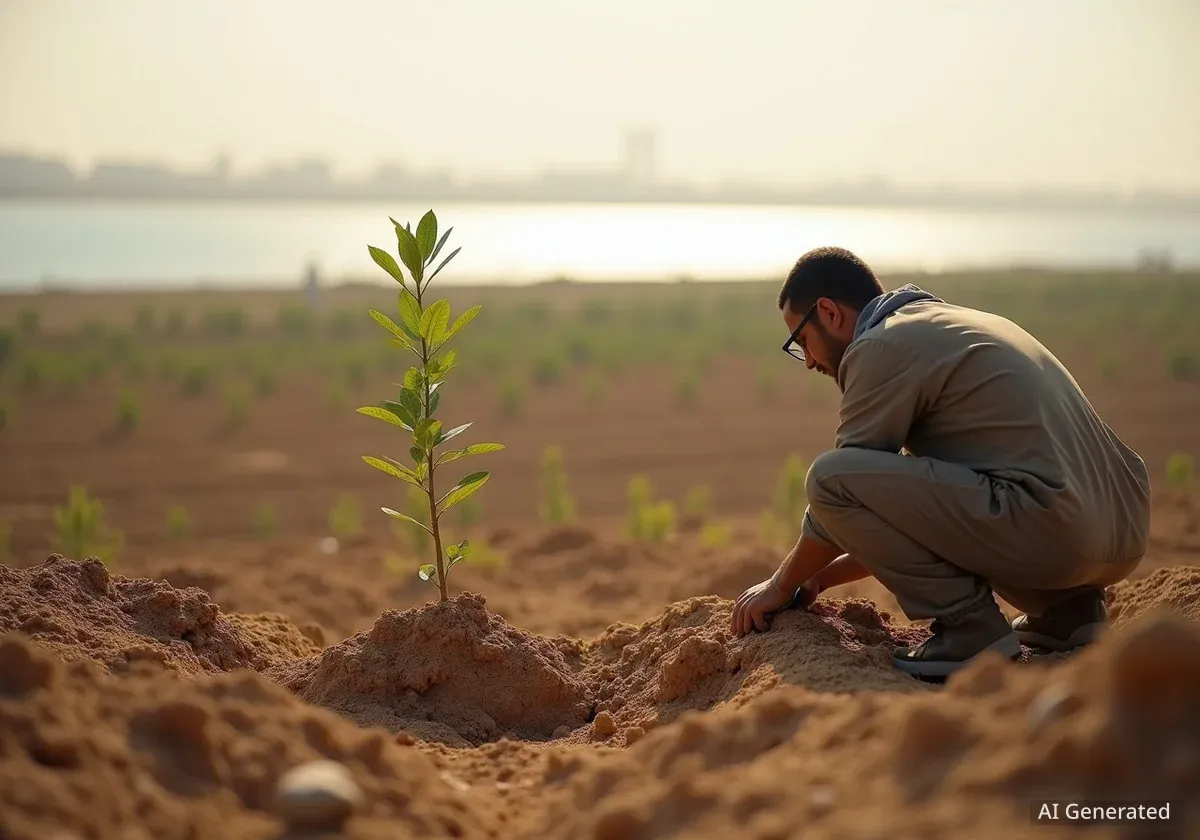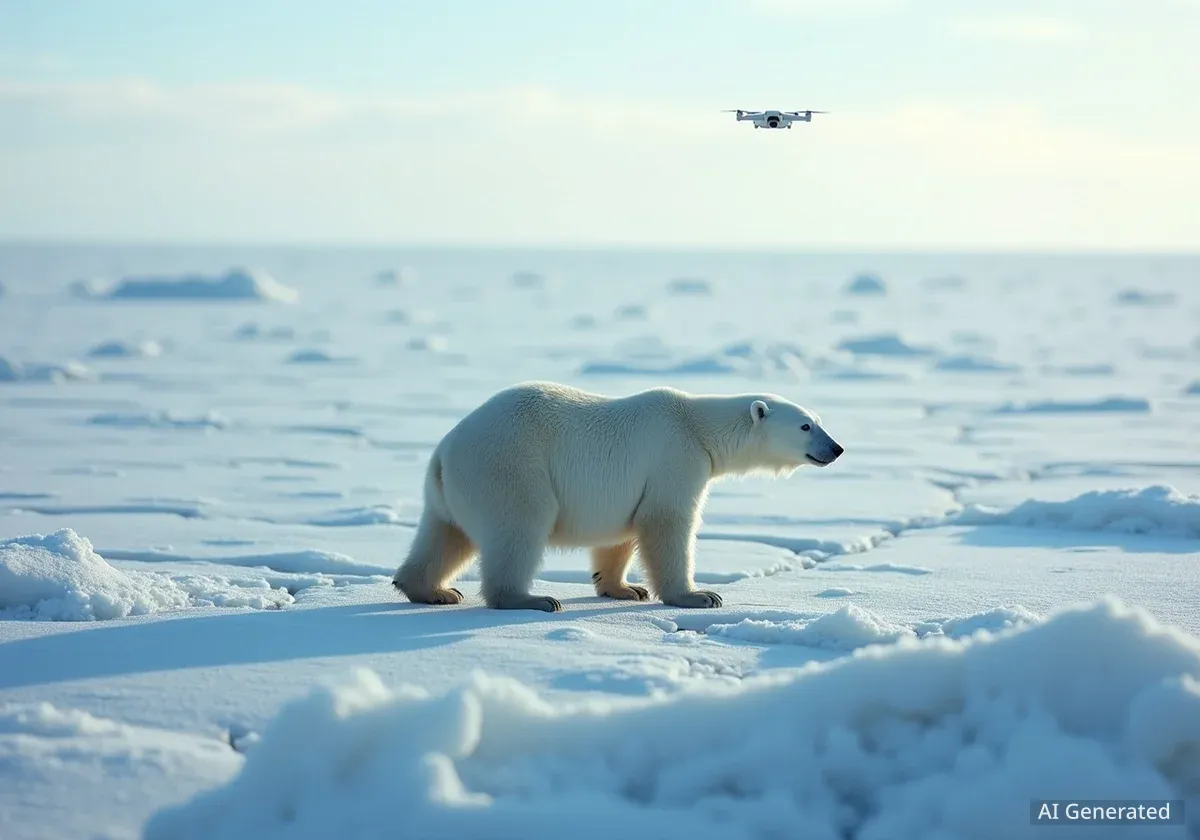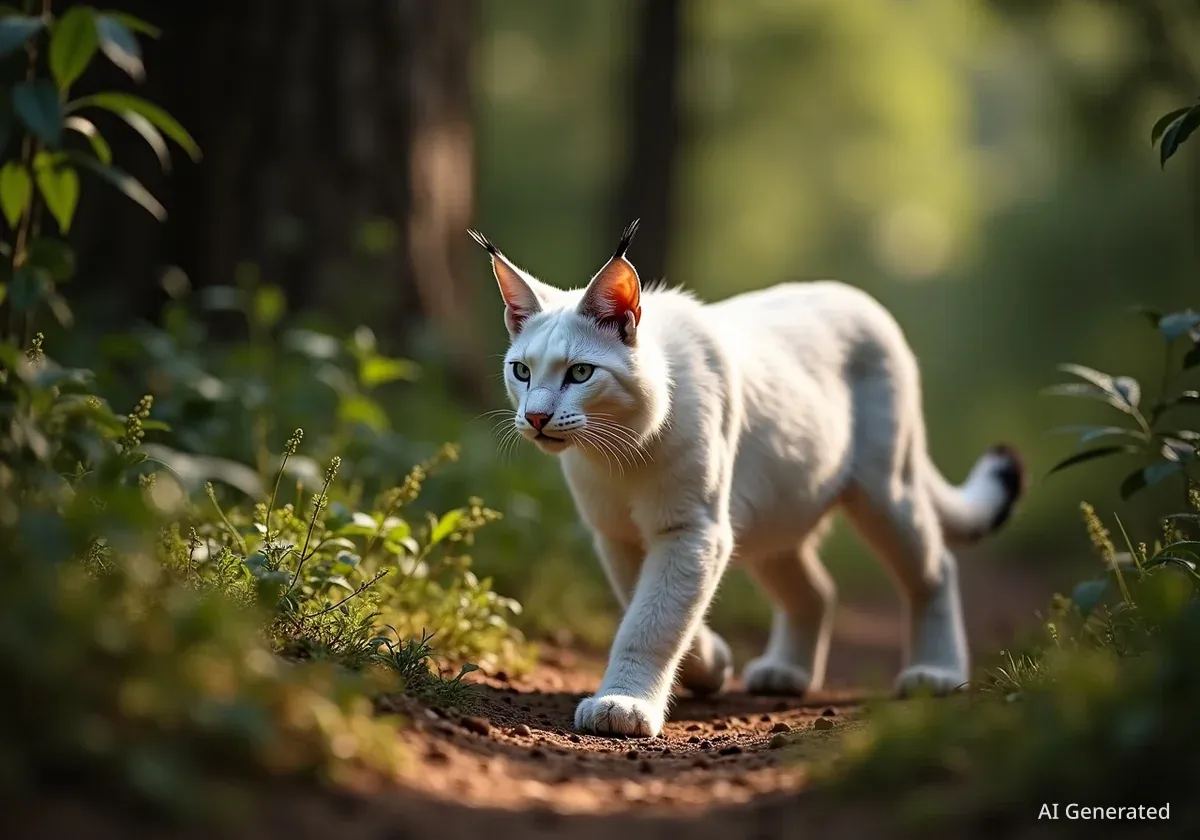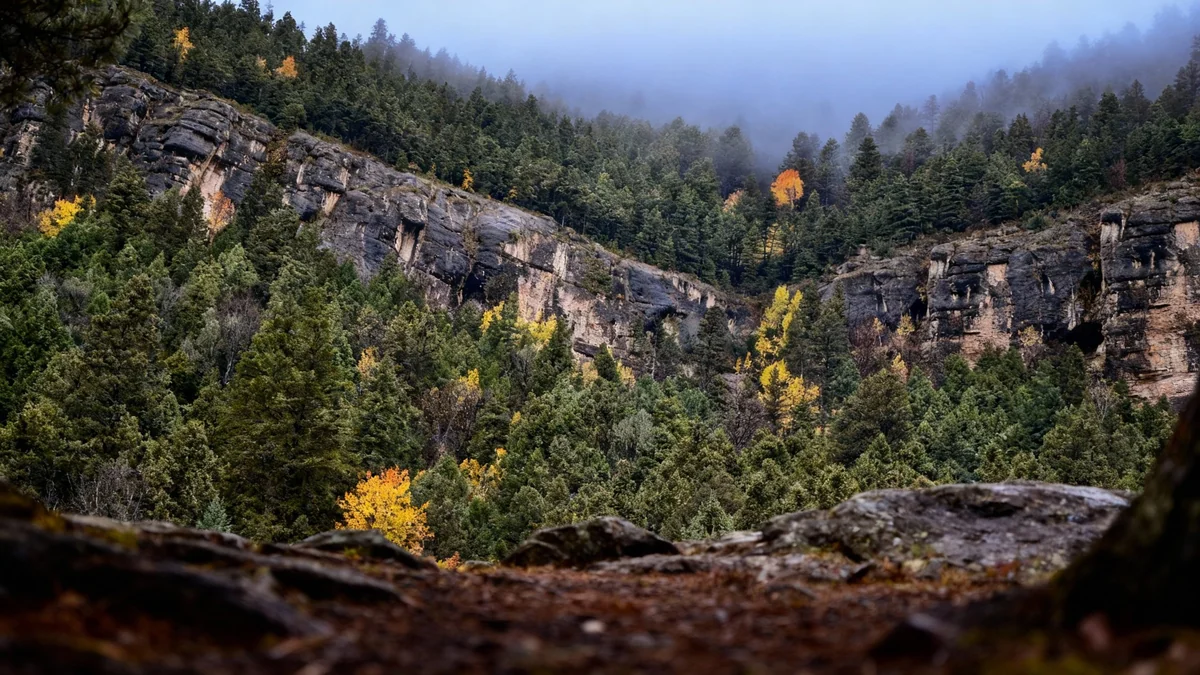Baghdad is set to undergo a major environmental transformation with the 'Baghdad Sustainable Forests' masterplan. This ambitious project, led by Gensler in partnership with Emkanat, aims to convert a large, neglected military site along the Tigris River into an expansive urban forest and mixed-use district. The plan covers ten million square meters and seeks to reverse decades of environmental damage, establishing a new standard for ecological renewal in Iraq's capital.
The initiative proposes a comprehensive landscape framework featuring dense forests, parks, and various water elements. This framework will act as the central structure for the entire development. Over one million trees are planned for planting, with an estimated annual capacity to capture 22,000 metric tons of CO₂. This effort is expected to significantly improve air quality and help cool the local microclimate.
Key Takeaways
- Ten million square meters of former military land will become an urban forest.
- Over one million trees are planned to capture 22,000 tons of CO₂ annually.
- The project aligns with Iraq's 2023–2030 National Environmental Strategy.
- New villages will integrate residential, commercial, and cultural functions.
- The plan aims to repair environmental damage and enhance public life.
Transforming a Neglected Site into Green Urban Space
The Baghdad Sustainable Forests masterplan is designed to address significant environmental challenges. The chosen site, a former military campsite, has suffered from extensive neglect and pollution. This project intends to turn a heavily degraded area into a vibrant, publicly accessible landscape.
Gensler's vision introduces a network of green corridors. These corridors will connect public plazas, shaded pathways, and quiet garden spaces. The design encourages walking, cycling, and the use of e-scooters, promoting sustainable transportation within the new district. This approach also aims to preserve the integrity of the site's existing ecosystems.
Project Scale
- Area: 10 million square meters (approximately 2,471 acres)
- Trees to be planted: Over 1 million
- Estimated CO₂ capture: 22,000 metric tons annually
- Waste on site: Previously over 45 million tons
A Series of Integrated Villages Along the Tigris
Gensler’s plan organizes the expansive district into several distinct gateways and villages. These areas are designed to blend residential, commercial, and cultural functions seamlessly. The goal is to create a diverse and self-sustaining community.
At the main entrance, the Al Rasheed Gateway will feature a 260-meter (850-foot) hospitality and office tower. This structure is intended to be a prominent landmark. The River Gateway focuses on restoring public access to the Tigris, with new promenades and gathering spaces for residents and visitors.
"By reclaiming a heavily polluted site and turning it into a living, publicly accessible landscape, the masterplan creates a new dialogue between Baghdad and the Tigris," states a representative from Gensler and Emkanat, highlighting the project's symbolic importance.
A significant civic landmark, the National Pavilion, will stand 110 meters (360 feet) high within formal gardens. This structure is envisioned as a symbol of Baghdad’s renewal and progress. Specialized hubs will also be integrated, including a Science & Education Village, a Tech & Innovation Village, and a Creative Village. These hubs will support research, entrepreneurship, and cultural exchange.
Environmental Repair and Sustainable Development Goals
The Baghdad Sustainable Forests masterplan strongly aligns with Iraq’s 2023–2030 National Environmental Strategy. A primary objective is to restore degraded land and combat desertification, a significant issue in the region. The site, which once held over forty-five million tons of waste, will be transformed into an active hub for ecological repair and public engagement.
National Environmental Strategy
Iraq's 2023–2030 National Environmental Strategy outlines key objectives for environmental protection and sustainable development. These include combating desertification, managing waste, improving air quality, and promoting biodiversity. The Baghdad Sustainable Forests project is a direct implementation of these national goals on a large scale.
Forested belts and thematic groves are central to the design. These areas will include spaces dedicated to arts and culture, sports, wellness, and children’s play. This variety aims to create a diverse sequence of experiences while simultaneously enhancing local biodiversity. The project is seen as more than just a development; it is an engine of ecological restoration.
Connecting People with Nature
The masterplan emphasizes creating a daily rhythm of use that links environmental health with the social life of the city. Forest trails, shaded civic plazas, and community gardens are designed to encourage outdoor activity and community interaction. This integration of green spaces into daily life is expected to foster a stronger connection between residents and their natural environment.
Wellness-oriented clusters, such as the Vitality Village and Family Resort, will focus on recreation and health. These areas will embed daily life within the natural landscape, offering residents opportunities for relaxation and active living. The design also incorporates a flexible framework, allowing these clusters to grow and adapt with the city’s future development needs.
- The project will transform a neglected riverfront into a thriving urban forest.
- Green corridors will connect plazas, gardens, and shaded paths.
- Specialized villages will support education, innovation, culture, and wellness.
- The entire plan adheres to Iraq's national environmental goals.
The collaboration between Gensler and Emkanat aims to set a new precedent for large-scale urban development in the region. It demonstrates how reclaiming and revitalizing polluted land can lead to significant environmental and social benefits for a major capital city.




